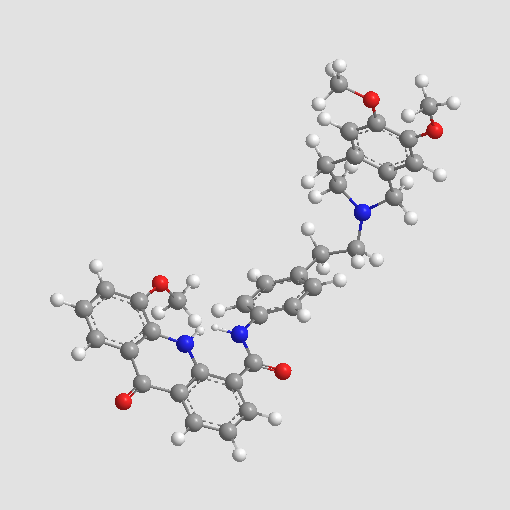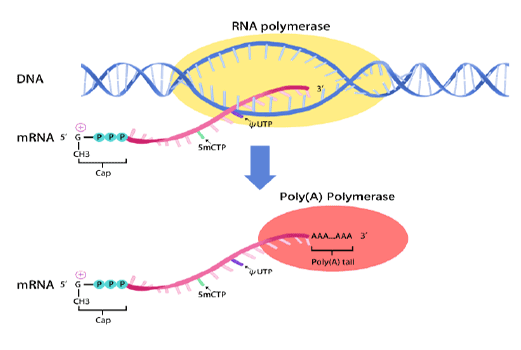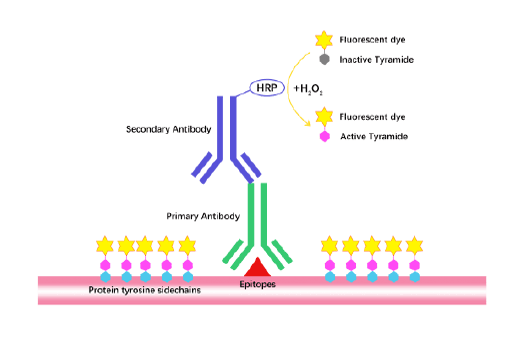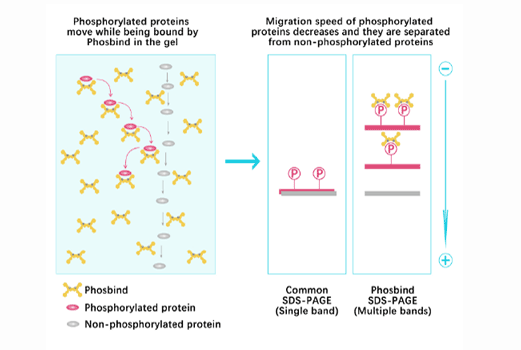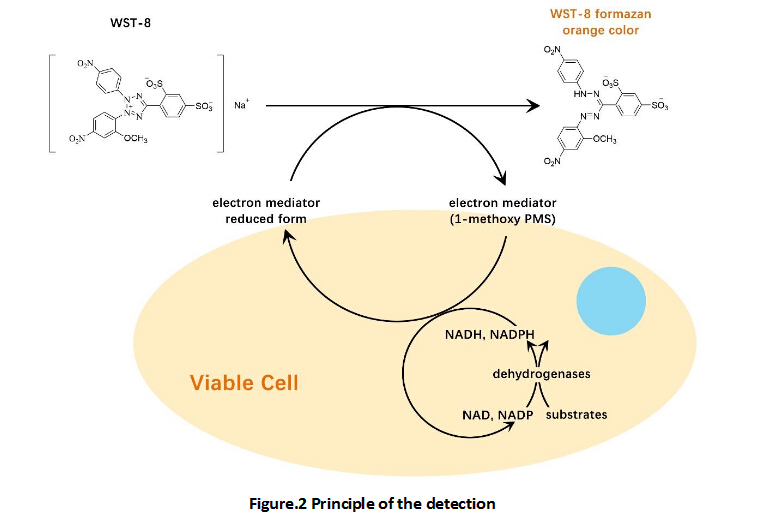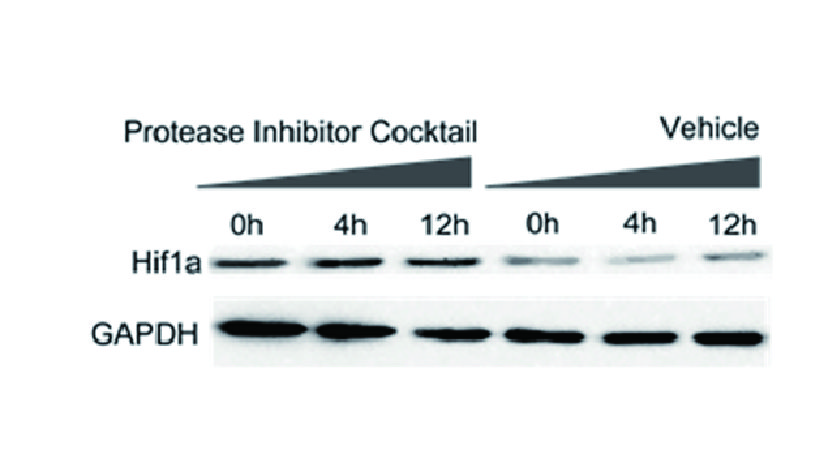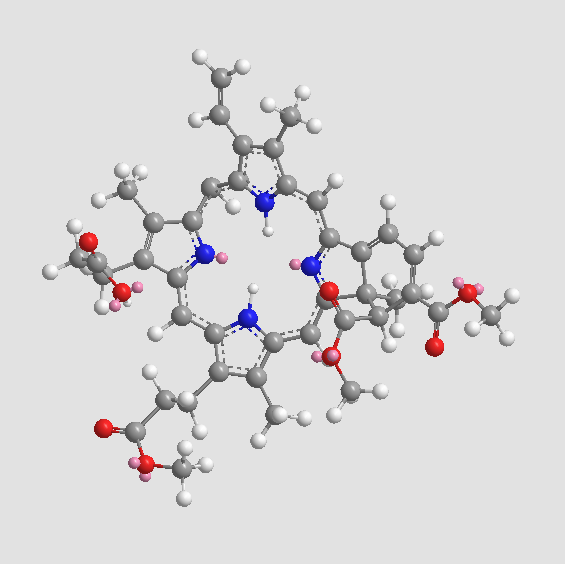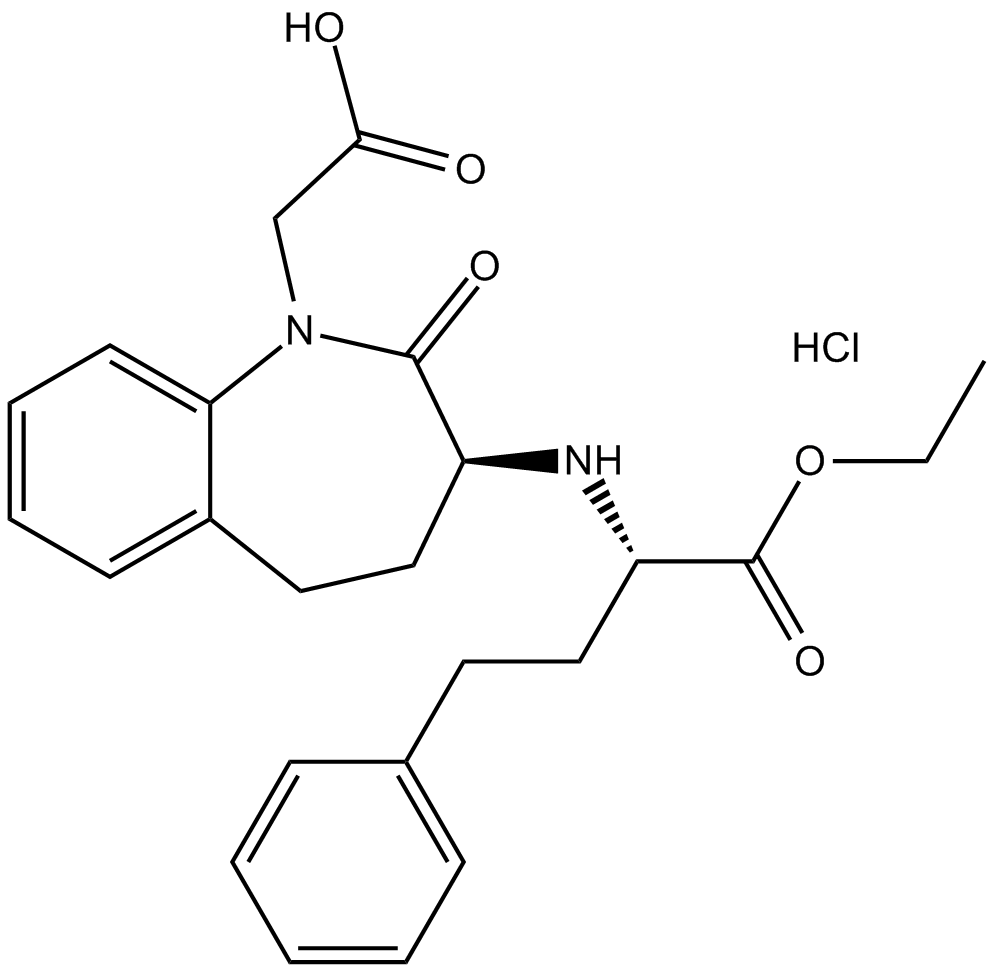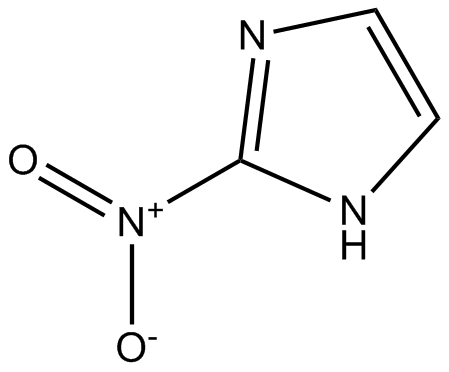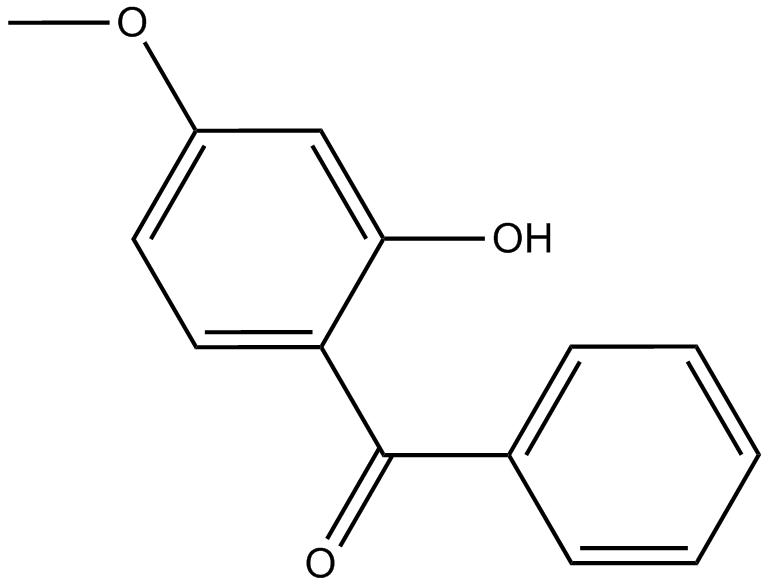Elacridar
Elacridar (CAS: 143664-11-3) is a potent inhibitor of P-glycoprotein (P-gp), a transmembrane efflux transporter belonging to the MDR/TAP subfamily. P-gp actively exports diverse xenobiotics and drugs from cells, significantly influencing drug bioavailability and distribution. Elacridar inhibits P-gp with an IC50 of approximately 193 nM and markedly reduces transporter activity in P-gp-overexpressing MDCKII cell models at concentrations as low as 1 μM. In mice, elacridar administration (10 mg/kg) enhances brain penetration of P-gp substrates such as sunitinib. Thus, elacridar is extensively used in biomedical research to study drug transport mechanisms and multidrug resistance.
| Physical Appearance | A solid |
| Storage | Store at -20°C |
| M.Wt | 563.64 |
| Cas No. | 143664-11-3 |
| Formula | C34H33N3O5 |
| Synonyms | GF120918;GW0918;GG918;GF-120918;GF 120918 |
| Solubility | ≥56.4 mg/mL in DMSO; insoluble in EtOH; insoluble in H2O |
| Chemical Name | N-[4-[2-(6,7-dimethoxy-3,4-dihydro-1H-isoquinolin-2-yl)ethyl]phenyl]-5-methoxy-9-oxo-10H-acridine-4-carboxamide |
| SDF | Download SDF |
| Canonical SMILES | COC1=CC=CC2=C1NC3=C(C2=O)C=CC=C3C(=O)NC4=CC=C(C=C4)CCN5CCC6=CC(=C(C=C6C5)OC)OC |
| Shipping Condition | Small Molecules with Blue Ice, Modified Nucleotides with Dry Ice. |
| General tips | We do not recommend long-term storage for the solution, please use it up soon. |
| Cell experiment [1]: | |
|
Cell lines |
Human renal carcinoma cell lines 786-O and human breast cancer cell line MCF-7 |
|
Preparation method |
The solubility of this compound in DMSO is > 56.4mg/mL. General tips for obtaining a higher concentration: Please warm the tube at 37 ℃ for 10 minutes and/or shake it in the ultrasonic bath for a while. Stock solution can be stored below -20℃ for several months. |
|
Reacting condition |
5 μM, 24 h |
|
Applications |
Elacridar is a P-glycoprotein inhibitor that also block ABC Sub-family B Member 2 (ABCG2). Elacridar significantly enhanced sunitinib-induced cytotoxicity in 786-O cells. Confirmed by P-glycoprotein function assay, P-glycoprotein activity was inhibited by elacridar. |
| Animal experiment [2]: | |
|
Animal models |
10-14-week wild-type, Abcb1a/1b-/-, 32Abcg2-/-27 and Abcb1a/1b/Abcg2-/- mice, all of a >99% FVB genetic background |
|
Dosage form |
Oral administration, 100 mg/kg |
|
Application |
Elacridar significantly increased sunitinib brain accumulation in wild-type mice (12-fold), to levels equal to those in Abcb1a/1b/Abcg2-/- mice. The sunitinib brain concentrations were not significantly affected by elacridar treatment in Abcb1a/1b/Abcg2-/- mice. |
|
Other notes |
Please test the solubility of all compounds indoor, and the actual solubility may slightly differ with the theoretical value. This is caused by an experimental system error and it is normal. |
|
References: [1]. Sato H, Siddig S, Uzu M, et al. Elacridar enhances the cytotoxic effects of sunitinib and prevents multidrug resistance in renal carcinoma cells[J]. European journal of pharmacology, 2015, 746: 258-266. [2]. Tang S C, Lagas J S, Lankheet N A G, et al. Brain accumulation of sunitinib is restricted by P‐glycoprotein (ABCB1) and breast cancer resistance protein (ABCG2) and can be enhanced by oral elacridar and sunitinib coadministration[J]. International journal of cancer, 2012, 130(1): 223-233. |
|
| Description | Elacridar (GF120918; GW0918) is an inhibitor of P-glycoprotein. | |||||
| Targets | P-glycoprotein | |||||
| IC50 | ||||||
Quality Control & MSDS
- View current batch:
Chemical structure




